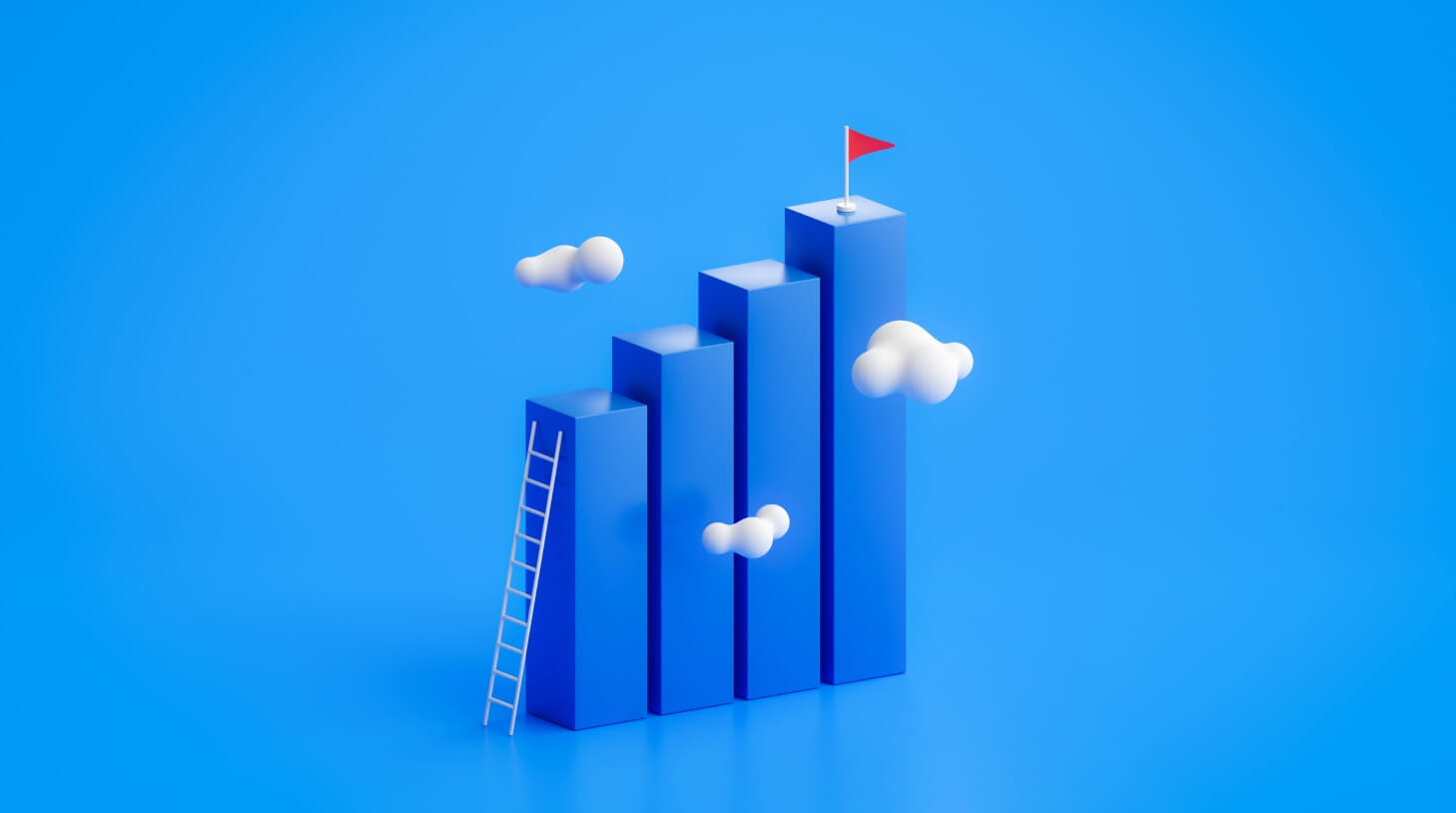Money money money – not just funny in the US worker’s world
This is a modified section from Workable's comprehensive new survey report on the Great Discontent in 2023 in the United States. Visit here to see the report in full.

What’s happening in the evolving US job market right now? We have data for you on how workers value compensation.
Contents
Top 3 takeaways
- Salary / perks / benefits is already a top attractor, and even more so now – up to 68.9% from 62.2% two years previously
- It’s growing as a major area for improvement in current jobs too, to 63.7% from 57.4%
- While money is still a top priority when actively looking for work, it’s not as high as before – 58.5% compared with 63.4% two years ago
This really isn’t surprising: money is often the great differentiator in any decision – and that’s the case in our Great Discontent study.
Compensation was already a clear priority for most workers in the 2021 dataset – and it’s even more so now. The percentage of those who picked salary / perks / benefits as one of the major reasons they’d find a new job attractive grew from 62.2% in 2021 to 68.9% in 2023.
And of those who say their current job could be improved, 63.7% say salary / perks / benefits could absolutely be better – and that’s also up from 57.4% in 2021.
Here’s where it gets interesting: the “need to make more money” actually dropped as a reason why employees are actively looking for new work, from 63.4% to 58.5% over the two-year period.
This signals that when people are looking for new opportunities, it’s not necessarily always because of money – and with active candidates dropping to 22.6% from 33.4%, this tells us that workers in 2023 are staying put where they are. It’s the safer and more secure option in this uncertain economy.
Regardless, the data is resoundingly conclusive – compensation reigns as a top priority across the board. Well-compensated employees will ultimately be happier, and jobs are more attractive when they’re paid well.
What can you do?
1. Reevaluate compensation packages
With the increased focus on salary, perks, and benefits, employers should periodically reassess their compensation packages to ensure they remain competitive and attractive.
This can involve benchmarking against industry standards and considering factors such as cost of living and inflation.
2. Enhance benefits offerings
Besides salary, the emphasis on perks and benefits calls for a more comprehensive and enticing benefits package.
This could include health benefits, retirement plans, wellness programs, flexible work schedules, remote work options, and professional development opportunities.
3. Create attractive offers to lure passive candidates
With a significant rise in the number of passive job seekers, employers need to craft compelling offers to attract this group.
This could mean not just offering a competitive salary, but also demonstrating the potential for career growth, a positive work culture, and a strong commitment to employee well-being.
Frequently asked questions
- How have US worker priorities shifted regarding compensation between 2021 and 2023?
- In 2023, 68.9% of workers found salary/perks/benefits as a major job attractor, an increase from 62.2% in 2021. The emphasis on compensation improvements in current jobs also increased to 63.7% from 57.4%.
- Has the desire for higher pay as a reason for job seeking increased?
- Interestingly, the need for higher pay as a reason for job-seeking decreased from 63.4% in 2021 to 58.5% in 2023.
- What do studies suggest about the current job market?
- With active job-seekers dropping to 22.6% from 33.4%, many workers in 2023 are choosing to stay in their current positions, valuing safety and security in an uncertain economic climate.
- How can employers adapt to these changing priorities?
- Employers should reevaluate their compensation packages, enhance their benefits offerings, and create attractive offers tailored to both active and passive job-seekers.




